When it comes to home safety, few devices are as critical as smoke alarms. They serve as the first line of defense against fires, alerting families to danger in time to evacuate. But traditional wired smoke alarms—while effective—come with limitations: complex installation, reliance on home electrical systems, and inability to communicate with one another. Enter wireless smoke alarms: a sleek, flexible upgrade that’s revolutionizing how we protect our homes. In this guide, we’ll break down how wireless smoke alarms work, their key benefits, what to look for when buying one, and introduce a standout option for modern households.
What Are Wireless Smoke Alarms, and How Do They Work?
Wireless smoke alarms are self-contained devices that detect smoke (via photoelectric or ionization sensors) and trigger a loud alert—no hardwiring to your home’s electrical system required. Most run on long-lasting lithium batteries (often rated for 5–10 years) or rechargeable power, eliminating the hassle of frequent battery replacements.
The defining feature of wireless models? Interconnectivity. Unlike standalone wired alarms, wireless units use radio frequency (RF) technology to “talk” to one another. If one alarm detects smoke in the kitchen, every linked alarm in the house (e.g., bedrooms, hallways, basements) will sound simultaneously. This is a game-changer for large homes or multi-story properties, where a single alarm’s sound might not reach family members in time.
Why Choose Wireless Smoke Alarms Over Wired Ones?
For homeowners and renters alike, wireless smoke alarms offer unmatched advantages that make them worth the investment:
1. Easy Installation (No Electrician Needed)
Wired alarms require drilling, wiring to your home’s circuit, and often professional help—especially if you’re not handy with electrical work. Wireless models, by contrast, can be mounted with adhesive strips or screws in minutes. This makes them ideal for renters (who can’t modify wiring) or anyone looking to avoid renovation headaches.
2. Flexible Placement
Since they don’t depend on electrical outlets, wireless alarms can be installed in hard-to-reach areas: attics, garages, or even outdoor spaces like covered patios (if rated for weather resistance). You can also add or remove alarms as your home changes—say, if you finish a basement or add a home office—without rewiring.
3. Reliable Interconnectivity
As mentioned, interconnected wireless alarms ensure every corner of your home is covered. The National Fire Protection Association (NFPA) reports that homes with interconnected alarms reduce fire deaths by 50% compared to standalone models. For families with children or elderly members, this extra layer of alert can mean the difference between a close call and a tragedy.
4. Low Maintenance
Many wireless alarms include features like low-battery alerts (a chirp or app notification) and self-test buttons, so you can check functionality with a press. Lithium batteries also last far longer than standard AA batteries, reducing the risk of alarms failing due to dead power.
5. Smart Home Integration (for Advanced Models)
Top-tier wireless alarms connect to your smart home ecosystem (e.g., Alexa, Google Home, or dedicated safety apps). This lets you receive alerts on your phone if you’re away, silence false alarms remotely, or even link alarms to smart lights (which can flash to guide evacuation in dark conditions).
What to Look for When Buying Wireless Smoke Alarms
Not all wireless smoke alarms are created equal. To ensure you’re getting a reliable device, keep these factors in mind:
- Sensor Type: Photoelectric sensors are best for smoldering fires (e.g., from a overheated blanket), while ionization sensors detect fast-flaming fires (e.g., from a grease fire). For all-around protection, choose a dual-sensor model.
- Interconnectivity Range: Check the manufacturer’s specs—most wireless alarms work within 100–300 feet, but walls or floors may reduce range. For large homes, opt for models with repeaters to extend coverage.
- Battery Life: Aim for alarms with 5+ years of lithium battery life. Avoid models that use standard AA batteries, as they need replacing every 6–12 months.
- Certifications: Look for alarms tested and certified by organizations like Underwriters Laboratories (UL) in the U.S., CE in the EU, or BSI in the UK. These labels ensure the device meets strict safety standards.
- Weather Resistance: If installing in garages or outdoor spaces, choose alarms rated for dust, moisture, or extreme temperatures.
Meet Wisualarm’s Wireless Interlinked Detector Series: Safety That Works for You
When it comes to combining reliability, ease of use, and smart design, Wisualarm’s Wireless Interlinked Detector Series stands out. Built with modern households in mind, these alarms check every box for effective home fire safety—and then some.
Key Features of Wisualarm’s Wireless Detectors:
- Seamless Interconnectivity: Link up to 24 Wisualarm detectors (smoke, carbon monoxide, or heat sensors) across your home. If one triggers, all sound an 85-decibel alert—loud enough to wake even deep sleepers.
- Advanced-Sensor Technology: Every Wisualarm smoke detector uses photoelectric sensor, ensuring fast detection of smoldering fires.
- Long-Lasting Power: Equipped with 10-year lithium batteries, these alarms eliminate the hassle of frequent replacements. A low-battery LED light and chirp alert let you know when it’s time for a new unit (no surprise failures!).
- Tool-Free Installation: Includes adhesive pads and screws for flexible mounting. Renters can install without damaging walls, and homeowners can set up the entire system in under 30 minutes.
- Smart Optional Upgrades: For tech-savvy users, Wisualarm offers Wi-Fi-enabled models that send real-time alerts to your phone.
Whether you’re a renter, a new homeowner, or someone upgrading an outdated safety system, Wisualarm’s Wireless Interlinked Detector Series delivers peace of mind—without the complexity.
Final Thoughts
Wireless smoke alarms aren’t just a “nice-to-have”—they’re a critical upgrade for modern home safety. Their easy installation, flexible placement, and life-saving interconnectivity make them superior to traditional wired models. When shopping, prioritize certified, dual-sensor devices with long battery life—and if you want a system that’s built to last, look no further than Wisualarm.
Your home’s safety shouldn’t be complicated. With wireless smoke alarms, you can protect what matters most—simply and effectively.





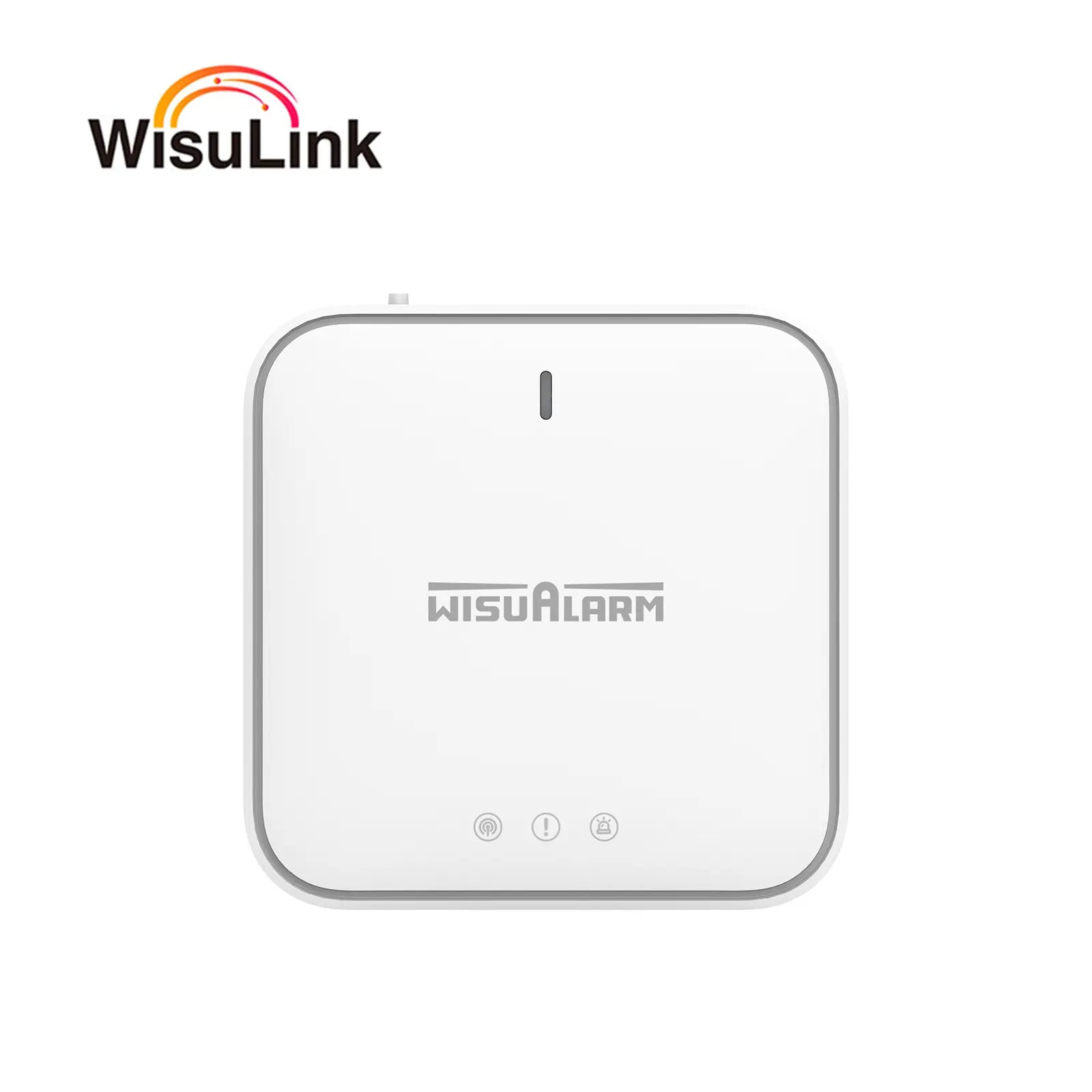
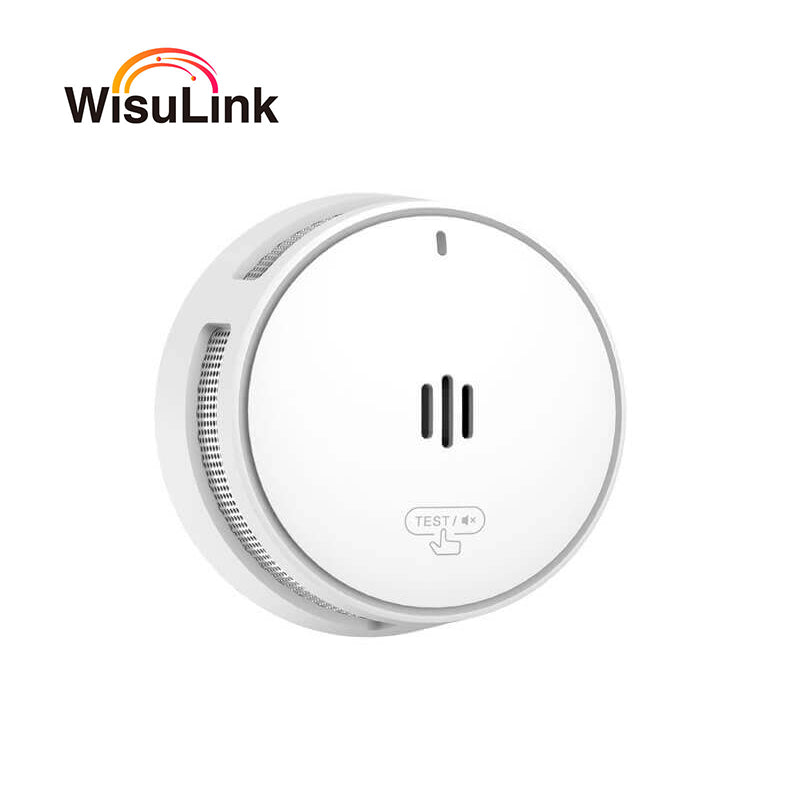
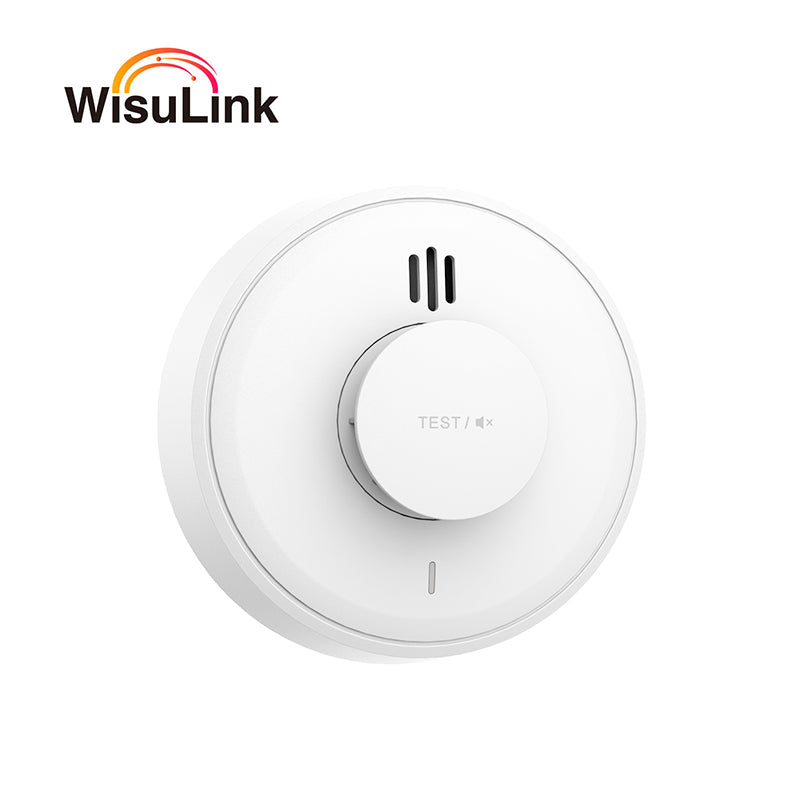







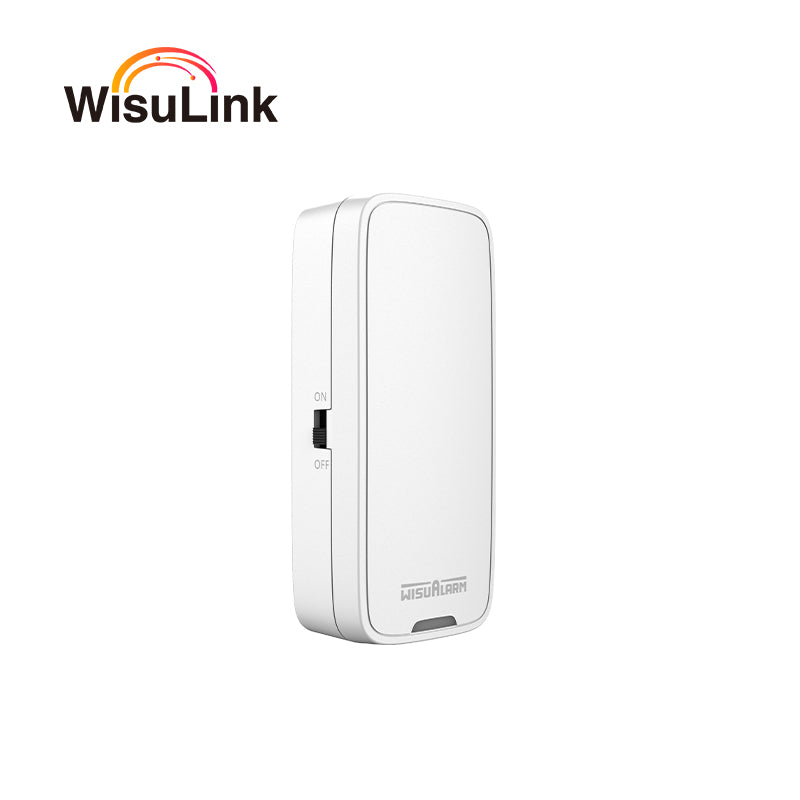









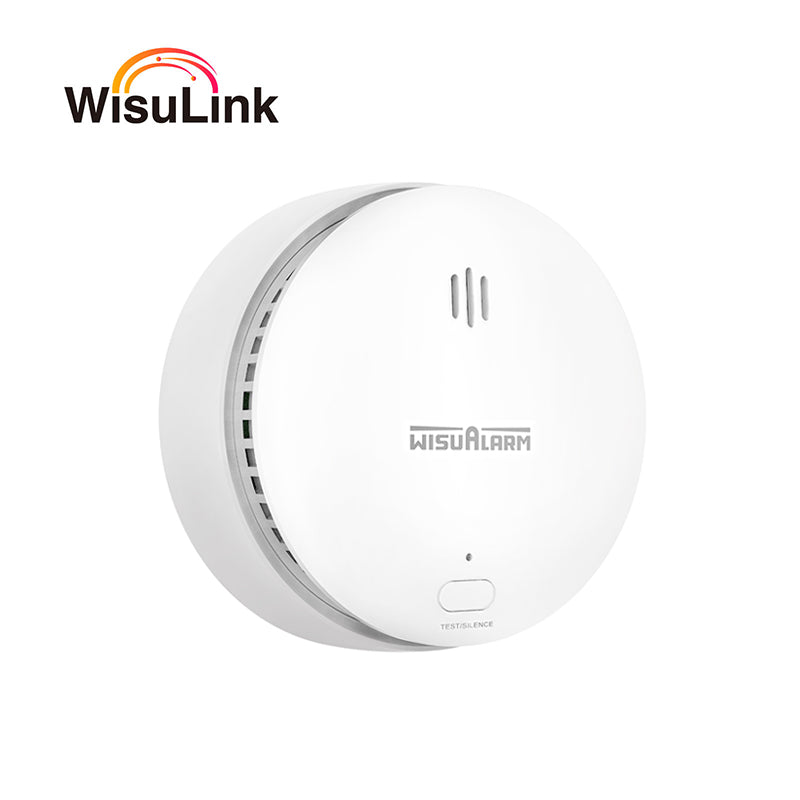
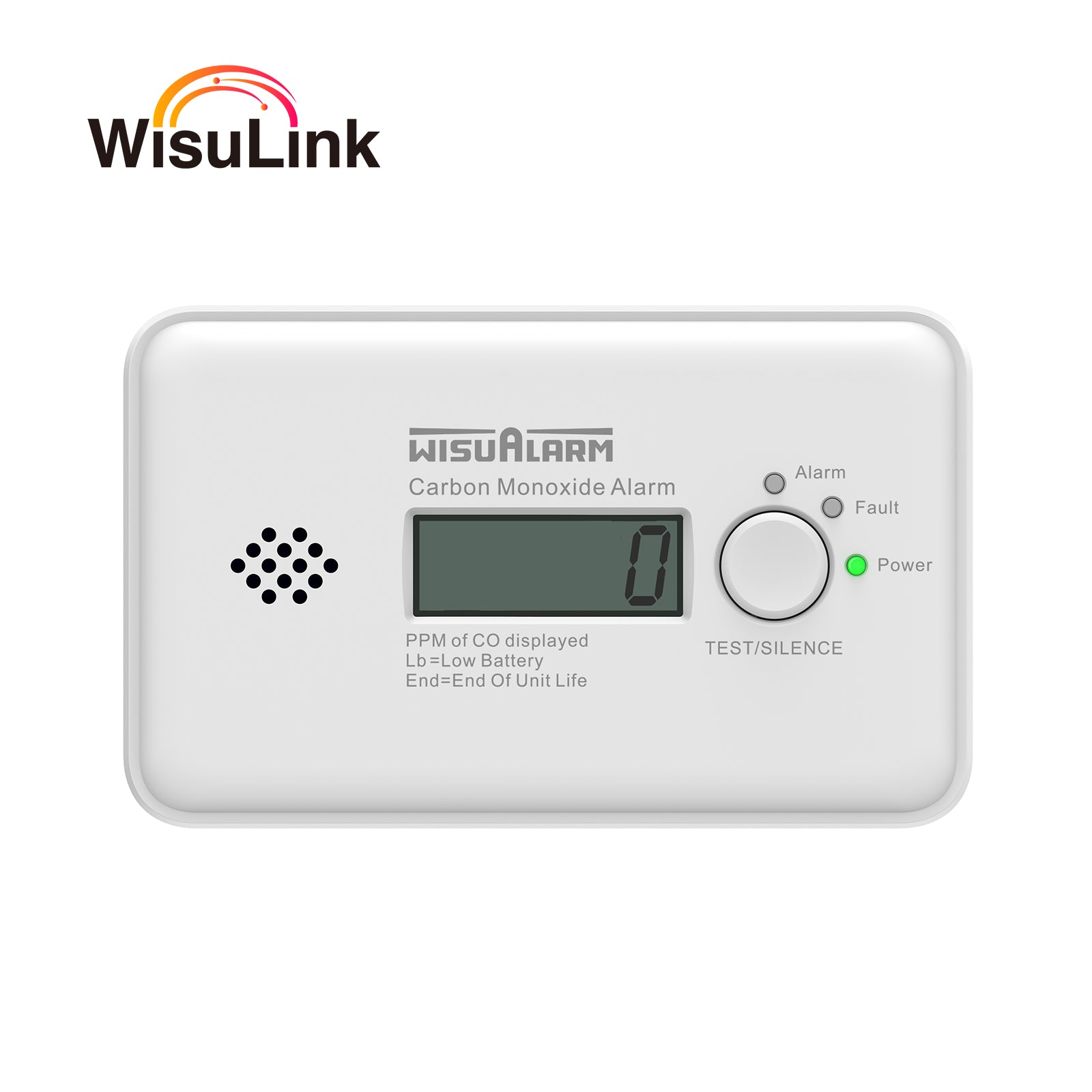
























Leave a comment